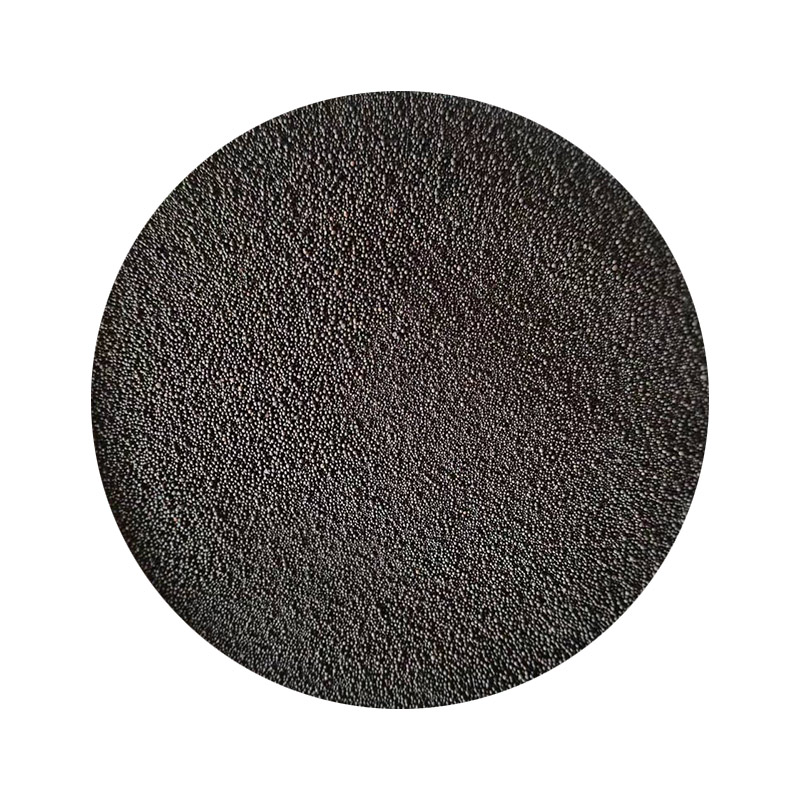How to Sand Resin A Step-by-Step Guide
Sanding resin can be a meticulous process, but it is essential for achieving a smooth, professional finish on your resin projects. Whether you are working with epoxy, polyester, or any other type of resin, the right technique and tools can make all the difference. In this article, we will explore the best methods for sanding resin effectively, ensuring that your finished piece looks polished and pristine.
Materials Needed
Before you start, gather the following materials
1. Safety Gear Dust mask or respirator, goggles, and gloves. 2. Sanding Tools - Sandpaper (various grits from coarse to fine) - Sanding block or sponge - Power sander (optional) 3. Water For wet sanding 4. Cleaning Supplies Cloth or paper towels 5. Finish or Sealant Optional, for final touch
Step 1 Safety First
Resin can produce harmful dust when sanded, so it’s crucial to prioritize safety. Always wear a dust mask, goggles, and gloves to protect yourself from inhaling particles and coming into contact with resin dust. Make sure you are working in a well-ventilated space or outdoors.
Step 2 Choose the Right Sandpaper Grit
The sanding process typically involves several grits of sandpaper
- Coarse Grit (60-80) This is used for initial shaping and removing large imperfections. It’s particularly effective if your resin piece has rough edges or bubbles. - Medium Grit (120-220) After the coarse grit, move on to medium grit for smoothing out the surface further. This will prepare the surface for finer sanding. - Fine Grit (400 and above) Finally, use fine grit paper to achieve a smooth finish. This step helps in removing the scratches left by the previous grits.
how to sand resin

Step 3 Sanding Technique
- Dry Sanding For dry sanding, use a sanding block or sponge to apply even pressure on your resin piece. Move in a circular motion or along the grain to prevent uneven surfaces. Check frequently to ensure you’re not sanding too deeply. - Wet Sanding Wet sanding involves using water to lubricate the surface while sanding, which reduces dust and helps achieve a smoother finish. Dip your sandpaper in water and sand gently, allowing the water to wash away dust and debris. This technique is especially effective when working with finer grits.
Step 4 Clean Between Sanding Steps
After each sanding stage, clear away the dust from the surface using a cloth or paper towel. This helps you see any imperfections and ensures that you are working on a clean surface for the next sanding step.
Step 5 Inspect the Surface
As you progress through the grits, take the time to inspect your work. Look for any scratches or imperfections, and address them before moving on to the finer grits. If you notice any deep scratches from the coarse sanding, you may need to return to a lower grit to eliminate them.
Step 6 Finish Up
Once you have achieved the desired smoothness, it’s time to apply a finish or sealant if required. This can enhance the appearance of your resin piece and protect it from damage. Be sure to follow the manufacturer’s instructions for application and drying times.
Conclusion
Sanding resin may seem challenging at first, but by following these steps and using the right materials, you can achieve a professional-quality finish on your projects. The key is to take your time and be patient; rushing through the sanding process can lead to uneven surfaces and dissatisfaction with the final result. With practice, you’ll find that sanding resin is a rewarding aspect of creating beautiful pieces. Happy sanding!
Post time:નવેમ્બર . 24, 2024 11:27
Next:how to sand resin 3d prints
